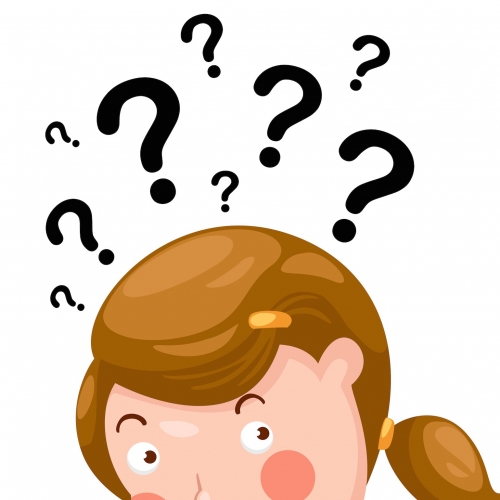In this activity, we're going to be learning about prime numbers.

'What is a prime number?' I hear you ask.
A prime number is a number that has exactly two factors.
These factors are the number itself and 1.
But what are factors?
Factors are numbers that you can multiply together to get another number.
For example, 3 and 4 are factors of 12 because 3 x 4 = 12
All of the factors of 12 are: 1, 2, 3, 4, 6, 12
Knowing our times table facts is really useful when finding prime numbers.
Let's have a go at finding some prime numbers.
Is 10 a prime number?
Let's find factors of 10: 1, 2, 5 ,10
1 x 10 (this is a factor pair)
2 x 5 (this is a factor pair)
We can see that 10 has four factors so is not a prime number.
Is 7 a prime number?
Let's find the factors of 7: 1, 7
1 x 7 (this is a factor pair)
The only factors of 7 are 7 itself and 1.
7 is a prime number.
Now why don't you have a go at finding some prime numbers?
Remember:
Factors are numbers that you can multiply together to get another number.
A prime number is a number that has only two factors: itself and 1.
Come back and have a look at this page if you get stuck! Just click on the red help button on the screen.
.jpg)
Good luck!








